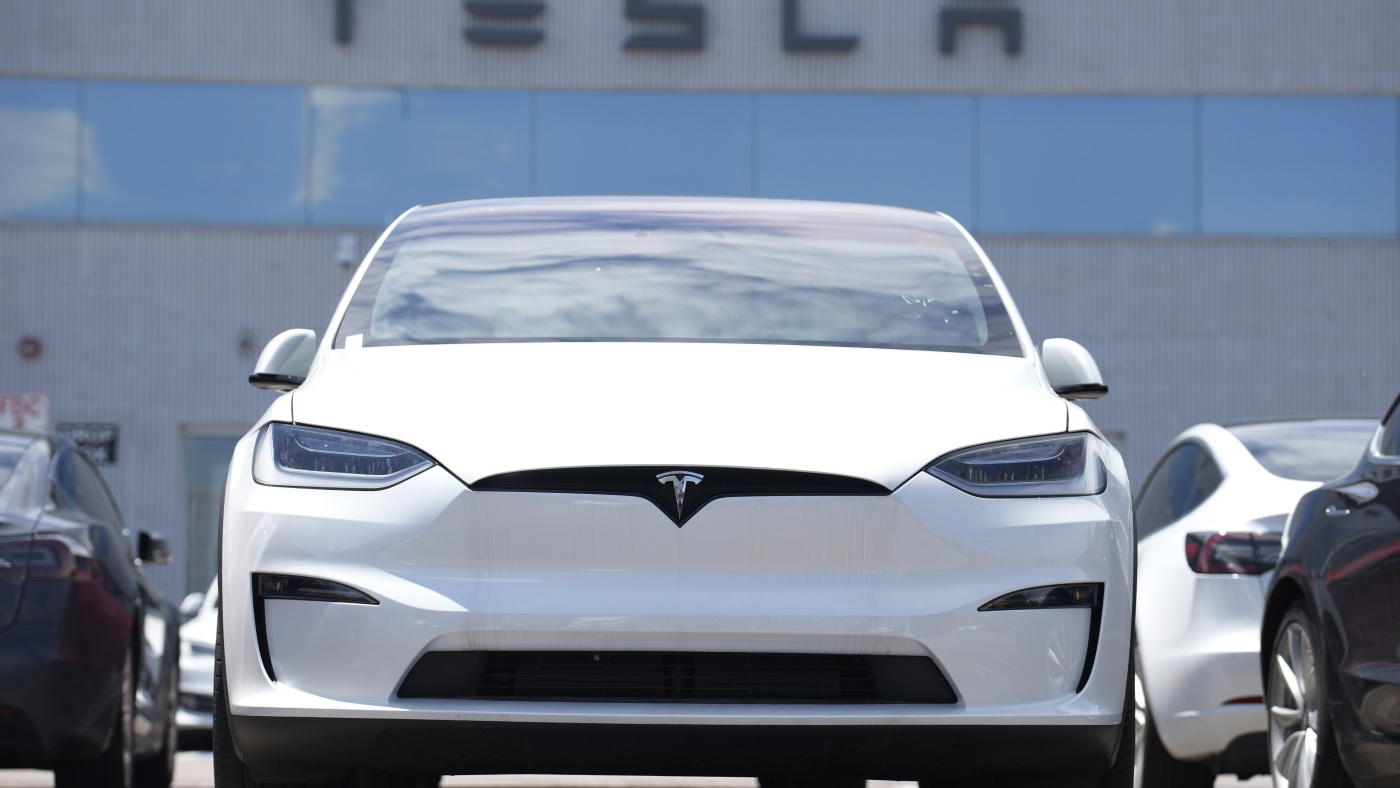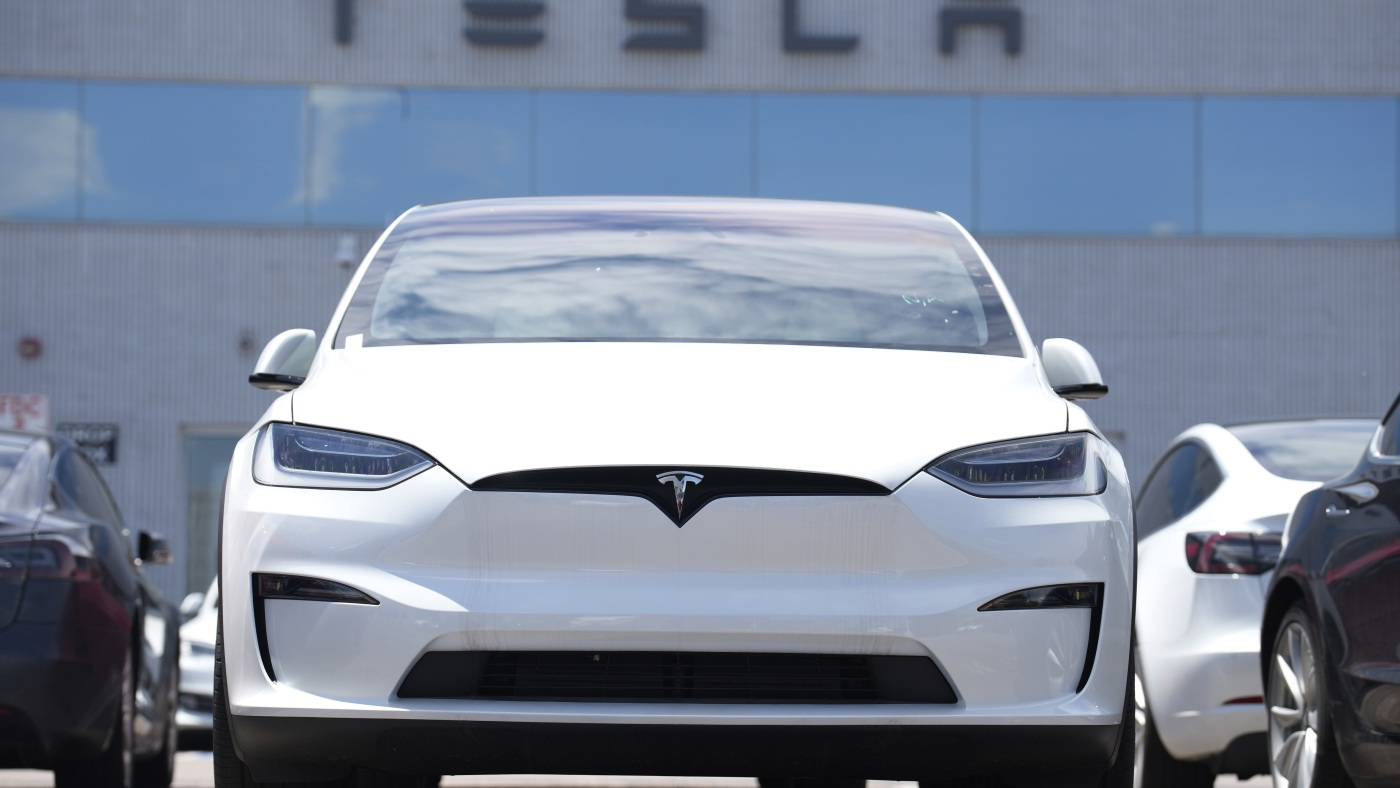Tesla’s Turbulent Waters: A Critical Examination of the EV Giant’s Challenges
Introduction: The Unraveling of a Pioneer
Tesla’s journey from a scrappy startup to an electric vehicle (EV) titan has been nothing short of remarkable. However, recent turbulence has cast a shadow over the company’s once-unassailable position. Sliding sales, dwindling profits, and waning investor confidence have raised serious questions about Tesla’s future. This report delves into the multifaceted challenges Tesla faces, exploring the root causes and potential paths forward.
The Financial Picture: A Troubling Decline
Profit and Revenue Slumps
Tesla’s financial performance has taken a noticeable downturn. The second quarter of the year saw a 16% drop in profits, a stark contrast to the company’s previous growth trajectory. Revenue, too, has felt the pinch, with a 13.5% decline compared to the same period last year. These figures are not mere blips; they signal a broader shift in the market and Tesla’s standing within it.
Automotive and Energy Sector Struggles
The automotive sector, Tesla’s backbone, experienced a 16% revenue decline. This is particularly concerning as it represents the core of Tesla’s business. Even the energy generation and storage sector, often seen as a growth engine, saw a 7% drop. The widespread nature of these declines suggests systemic issues rather than isolated problems.
The Competitive Landscape: A Crowded Field
The Rise of Competitors
Tesla’s early success was largely due to its lack of serious competition. However, the EV market has evolved rapidly, with established automakers and startups alike entering the fray. Companies like Ford, GM, and Rivian now offer vehicles that rival Tesla’s performance and features, often at more competitive prices. This increased competition has diluted Tesla’s market share and put pressure on its pricing strategy.
The Price Paradox
Tesla’s pricing strategy has been a double-edged sword. Initially targeting the luxury market, the company has since attempted to broaden its appeal with more affordable models. However, frequent price adjustments have created confusion and frustration among consumers. Buyers fear that their purchase may soon be devalued, deterring potential sales. Moreover, reports suggest that Tesla’s production costs exceed sales prices, raising concerns about long-term profitability.
Leadership and Vision: The Musk Effect
Overpromising and Underdelivering
Elon Musk’s leadership has been instrumental in Tesla’s success. His visionary ideas and ambitious goals have driven innovation and captured the public’s imagination. However, Musk’s tendency to make grand promises and set aggressive deadlines has often led to disappointment. The long-awaited Cybertruck, the perpetually delayed “full self-driving” capability, and the elusive cheaper models promised years ago have contributed to a perception of overpromising and underdelivering.
The Impact on Trust and Reputation
Musk’s actions have not only affected Tesla’s reputation but also eroded trust among consumers and investors. Frequent controversies and unpredictable behavior have created an atmosphere of uncertainty. This has made it difficult for Tesla to maintain its brand image and attract new customers.
External Factors: Political and Economic Headwinds
Global Challenges
Tesla’s global operations expose it to a range of political and economic risks. Fluctuations in currency exchange rates, changes in government regulations, and geopolitical tensions can all impact the company’s profitability and market access. In Europe, for example, Tesla faces unique challenges, including evolving EV policies and increasing competition from European automakers.
Supply Chain and Production Issues
Supply chain disruptions and production bottlenecks have also plagued Tesla. The company’s reliance on a limited number of suppliers and its complex production processes have made it vulnerable to delays and cost overruns. These issues have further strained Tesla’s financial performance and customer satisfaction.
The Path Forward: Strategies for Revival
Prioritizing Execution
Tesla must shift its focus from grand pronouncements to execution. Delivering on existing promises, streamlining production, and ensuring consistent quality control are essential for rebuilding trust and restoring investor confidence.
Setting Realistic Timelines
While ambition is admirable, setting realistic timelines for new products and features is crucial. Overpromising and underdelivering can damage credibility and erode consumer trust. Tesla needs to be more transparent about its development timelines and manage expectations accordingly.
Refining Pricing Strategies
A more stable and transparent pricing strategy is needed to attract and retain customers. Frequent price fluctuations create uncertainty and can deter potential buyers. Tesla should aim for a pricing model that is both competitive and sustainable.
Investing in Innovation
Tesla must continue to invest in research and development to maintain its technological edge. This includes exploring new battery technologies, improving autonomous driving capabilities, and expanding its product portfolio. Innovation will be key to differentiating Tesla from its competitors.
Seeking Strategic Partnerships
Collaborating with other companies can provide access to new technologies, markets, and resources. Strategic partnerships can help Tesla overcome its challenges and accelerate its growth. By leveraging the strengths of its partners, Tesla can enhance its own capabilities and expand its reach.
Conclusion: The Crossroads Ahead
Tesla stands at a critical juncture. The company’s recent struggles highlight the challenges of maintaining dominance in a rapidly evolving market. While the path ahead is uncertain, Tesla’s ability to adapt, innovate, and execute will ultimately determine its future. The cracks in the chrome are there, but with focused effort, the company has the opportunity to buff them out and shine once more. The road to revival is fraught with obstacles, but Tesla’s history of defying expectations gives reason for cautious optimism. The next chapter in Tesla’s story is yet to be written, and it is up to the company to ensure that it is one of resilience and renewal.








